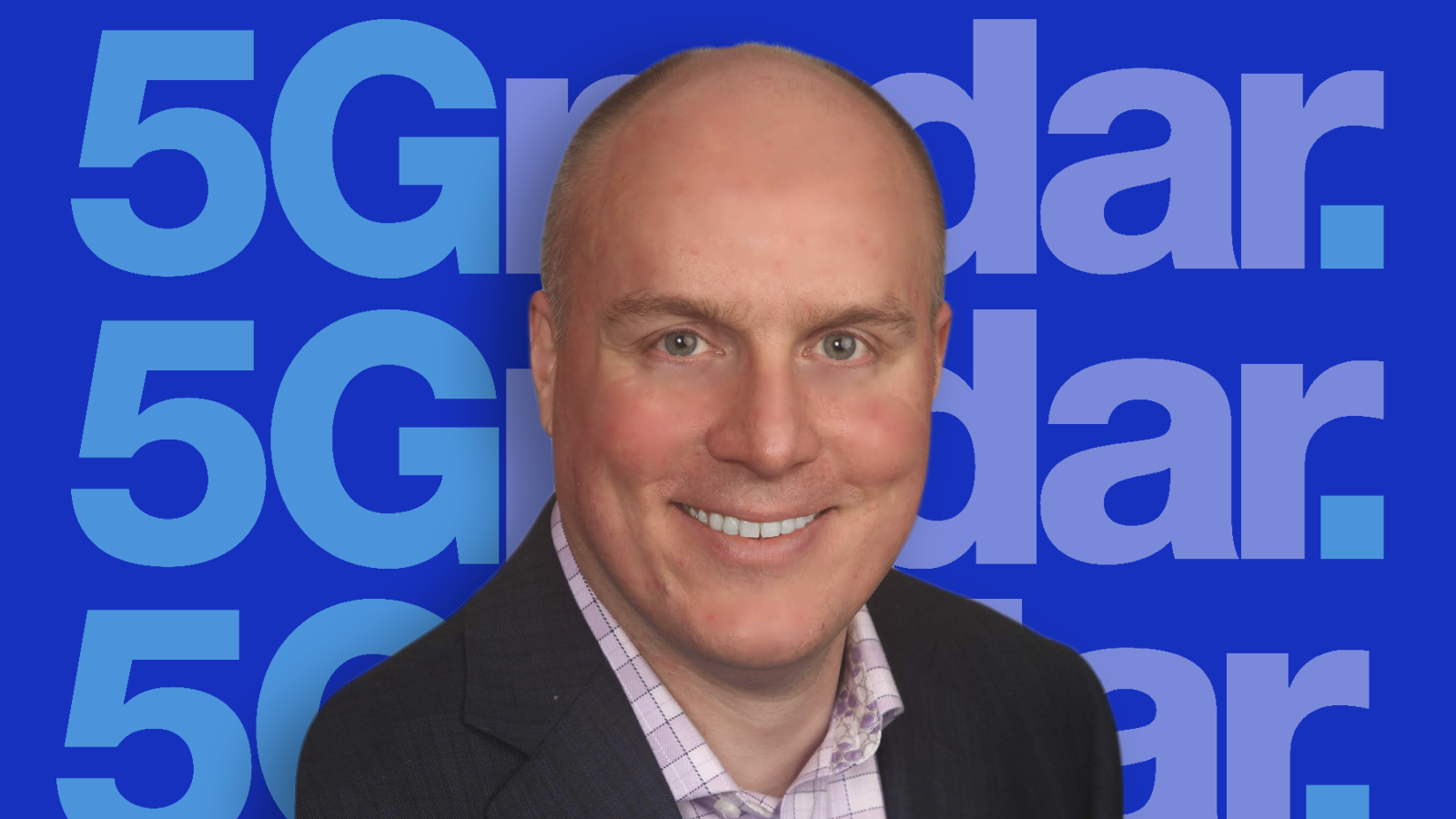How 5G can revolutionize patient-centric trials for the likes of Covid-19 and cancer
Tom Doyle, SVP of data fabric at Medidata, on how 5G and remote ‘medical grade’ sensors can deliver unprecedented patient data for use in clinical trials for diseases such as cancer and Covid-19.

Technology has advanced healthcare in far-reaching ways. Artificial intelligence is predicting diseases, robots are conducting operations, and the use of wearable devices in clinical trials is leading to better treatments and deeper insights into patient experiences. Clinical research continues to evolve toward more patient-centric methods that rely on high-frequency objective biometric evidence collected from wearable sensors. With wearable sensors, clinical researchers can easily collect millions of data points per patient, compared to a few thousand data points per patient obtained in traditional studies. Next to the software that enables researchers to manage this rich data, the growing adoption of 5G technology supports the advances in healthcare.
The arrival of 5G will transform healthcare by boosting speed and capacity while reducing latency in our ever more connected world. Although still in its infancy, this powerful network ushers clinical trials into the realm of ‘big data,’ with its five Vs: Volume, Velocity, Variety, Veracity, and Value.
Paving a path for innovation
"5G enables improved data collection and powers more sophisticated algorithms to accelerate discovery and support better decision making."
Tom Doyle, Medidata.
By connecting locations previously unreachable, and moving more data over these connections, 5G enables improved data collection and powers more sophisticated algorithms to accelerate discovery and support better decision making. The true potential of healthcare innovation is unleashed as better, more usable data is made available to clinical researchers, practitioners, and, increasingly, healthcare consumers.
Wearable devices that provide continuous monitoring and sensory processing are already helping patients achieve wellness and independence. We’ve only scratched the surface, though, in part because of current network limitations. The amount of healthcare data being produced and collected daily is extensive, and transmitting large amounts of it can be slow on existing networks. “Big data” demands high-frequency bandwidth to deliver most value to the industry and, in turn, to patients. Pushing algorithms to the edge has improved the situation; however, wearable devices still require consistent, uninterrupted connectivity to achieve their full potential.
It is estimated that only 3 percent of adults with cancer participate in clinical trials, and people from minority backgrounds, as well as the elderly, low-income individuals and people who live in rural areas continue to be underrepresented. A study in 2011 recorded that even though African Americans comprised 12 percent of the US population, they only made up 5 percent of trial participants. The update to 5G, together with increased focus on outreach and inclusion, will enable clinical researchers to reach patients in more distant geographies, incorporate televisits, more sensors per patient, more patients per trial, and a greater diversity of those patients. This will lead to a richer understanding of the safety and efficacy of new medical therapies on a wider population.
Improving the patient experience
"5G connectivity and wearable technology will enable trial virtualization, providing remote monitoring of patients."
Tom Doyle, Medidata.
5G will accelerate the shift to a patient-centric model of care, powering a deeper understanding of the patient experience and enabling new forms of patient engagement. Wearable technology—such as consumer health trackers like Fitbit or Garmin and more sophisticated ‘medical grade’ devices (that can track a diabetic’s glucose level, for example)—enables people and their healthcare professionals to monitor their health and fitness in real time. These devices collect extensive data and, in a clinical setting, enable longitudinal analysis of biometric data together with clinical responses. In addition, the ubiquity of 5G connectivity and wearable technology will enable trial virtualization, providing remote monitoring of patients who undergo an experimental intervention, a task historically performed through in-person visits to a clinical site.
Wearable sensors allow less intrusive collection of richer healthcare data. This data enables a more complete understanding of the patient’s health as it captures more data per patient over time, and provides clinical and quality of life measures throughout the daily life of a patient as opposed to a point-in-time view in the clinical setting. It also frees medical personnel and resources from routine data collection and means trials are easier for patients to participate in with fewer in-person visits.
Get up to speed with 5G, and discover the latest deals, news, and insight!
Opportunities and challenges ahead
The ability to connect patients virtually helps to overcome some of the historical barriers to clinical trial recruitment. Covid-19 has highlighted the value of remote monitoring and trial virtualization as clinics have faced difficult decisions to reduce or suspend studies or risk the safety of patients and healthcare workers.
"While greater diversity of patient participation will lead to more robust clinical trials, the unequal distribution of the initial deployment of 5G remains a challenge."
Tom Doyle, Medidata.
However, the tremendous potential of 5G technology brings with it some challenges. For example, while greater diversity of patient participation will lead to more robust clinical trials, the unequal distribution of the initial deployment of 5G remains a challenge. Technology like 5G, which is meant to connect the world and level the playing field, can exacerbate the issue when it’s not available or affordable. This disparity can further disadvantage rural and low-income populations—the very populations which tend to be medically underserved.
Additionally, the ability to collect richer and more continuous health data will present new questions and challenges around patient privacy. There is a clear opportunity for telecommunications providers, together with the healthcare industry, patients, and regulators, to work together and address these concerns to enable the next generation of medical research and treatments.
Patience is key
The work being done with remote ‘medical grade’ sensors is cutting edge, and the amount of data we can collect from patients is unprecedented. The insatiable appetite of algorithms for 'bigger data' places a growing demand on networks, where the impact of 5G will be the most pronounced. Just as digital innovation has transformed the way we shop, the way we consume information, and the way we connect to each other, biometric data and the more connected healthcare system will transform the way we understand, deliver, and develop care, particularly in clinical research. In doing so, we will understand more about how individual patients respond to novel interventions and the impacts on their everyday lives. In turn, these insights will open the door to improved medical therapies, and therefore great strides in improving human health.
As Vice President of Data Science at Medidata, Tom leads the company's data fabric vision and the MEDS platform, representing the world’s richest integrated and standardized clinical data set. Since joining Medidata in 2019, Tom has championed the data fabric and the use of AI based technologies including machine learning (ML), natural language processing (NLP), and semantics to create a strategic platform powering industry leading products and analytics for sponsors and CROs.

